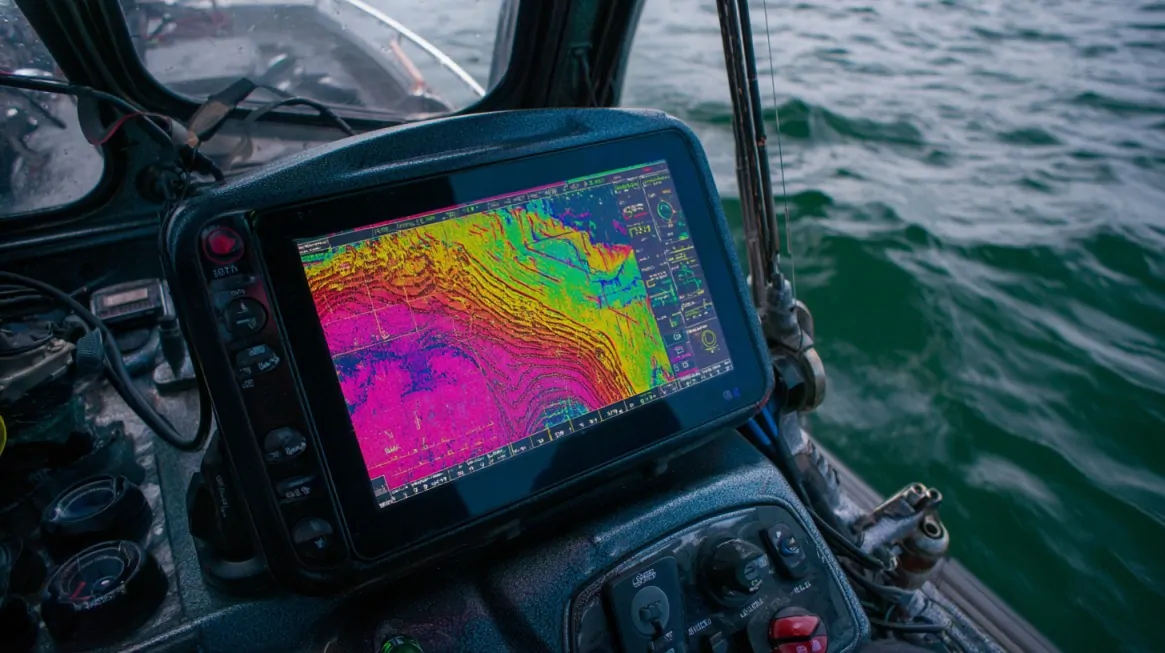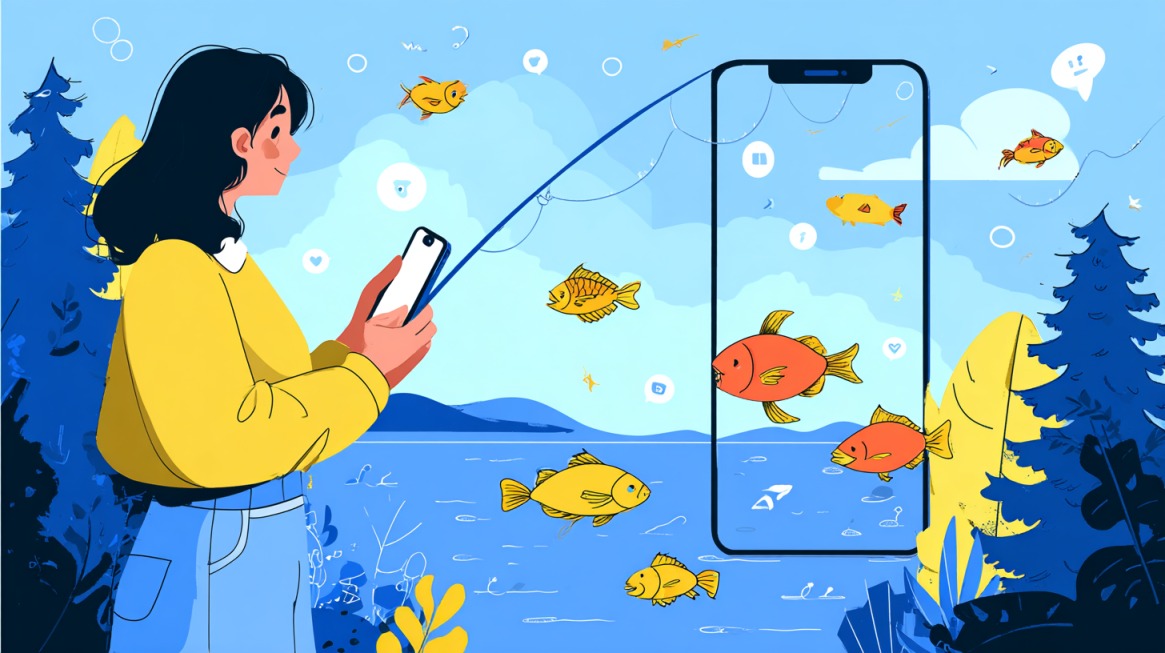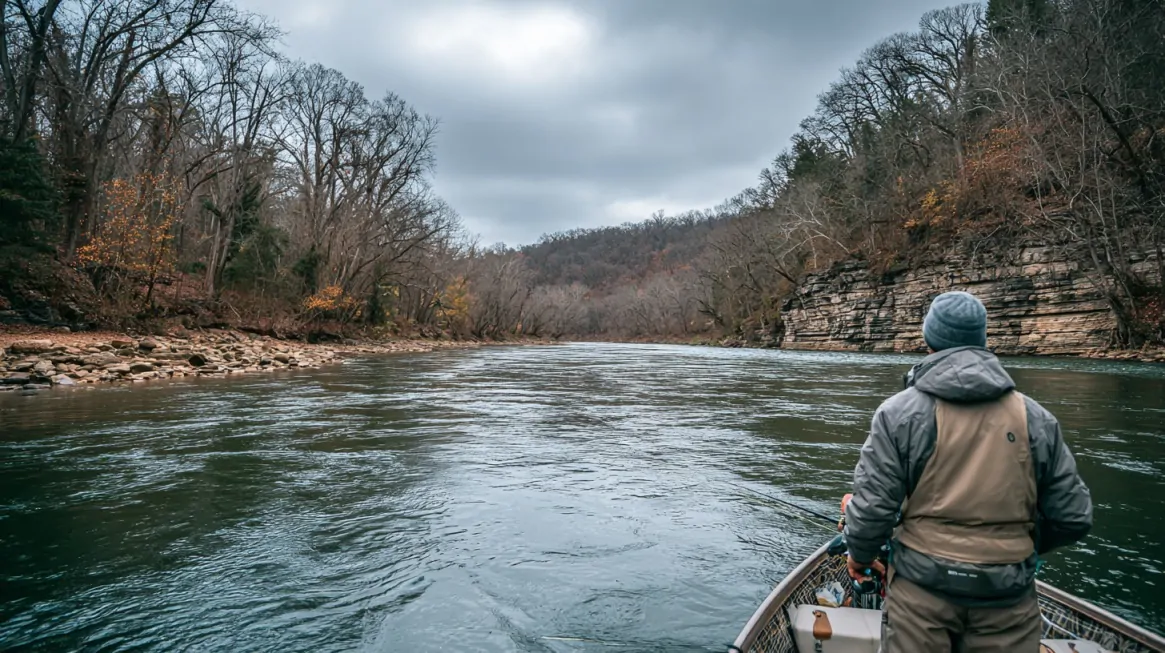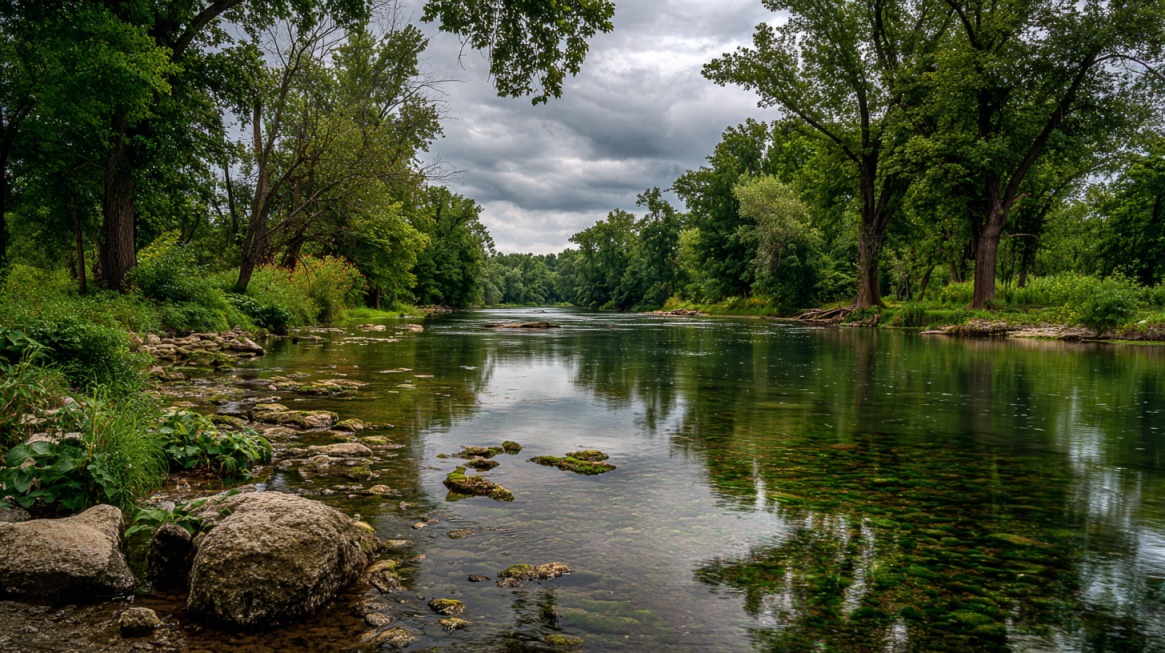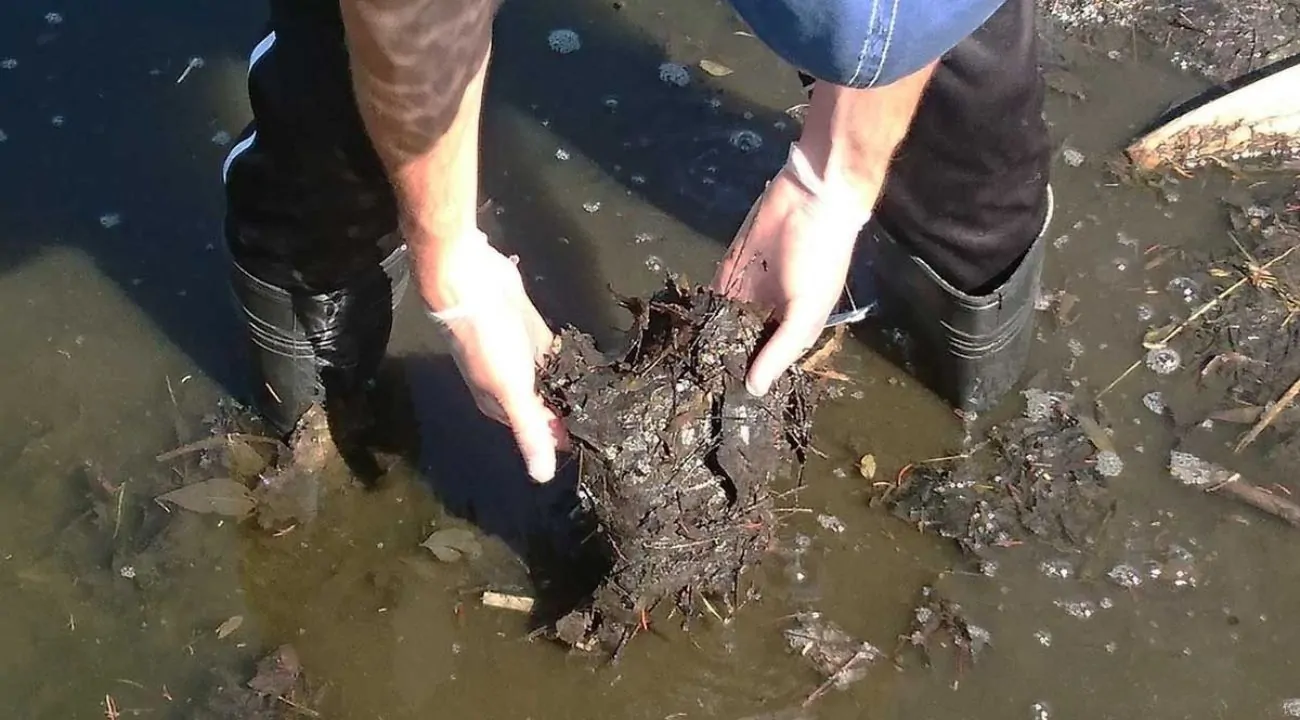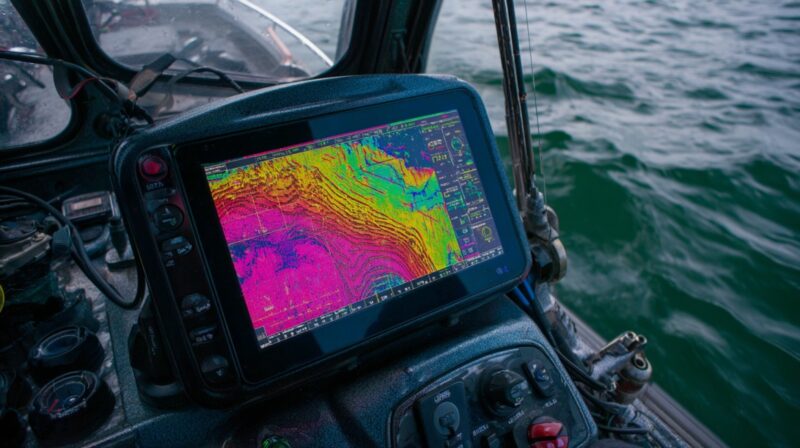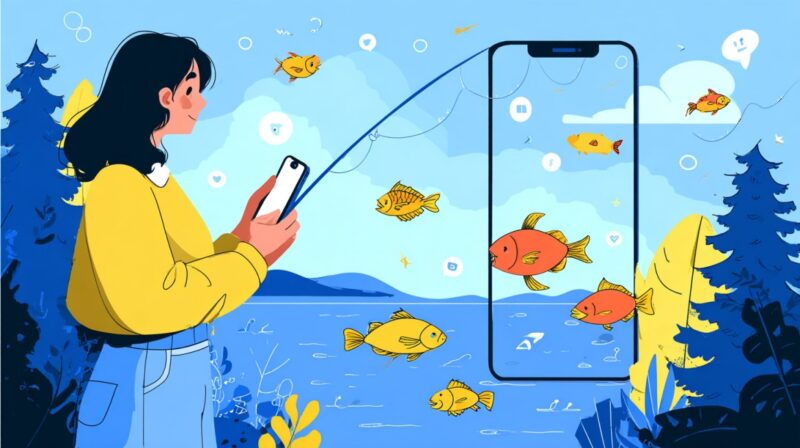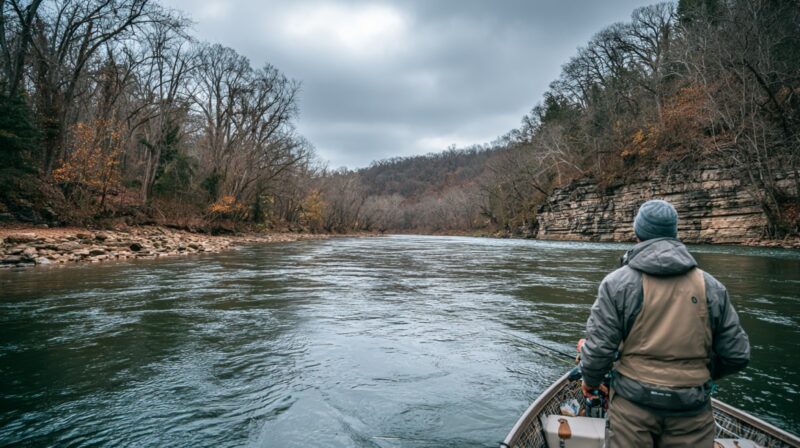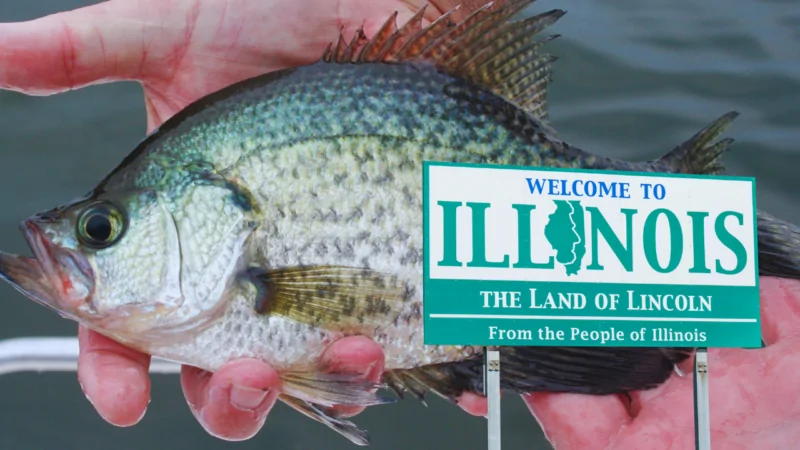
Share Post:
Ah, the thrill of the catch! There’s nothing quite like the moment when a black crappie tugs on your line, especially in the serene waters of Illinois.
Whether you’re a seasoned angler or a newbie with a passion for fishing, these ten tips will help you find and catch black crappie in Illinois lakes and rivers.
Table of Contents
Toggle1. Know the Habitat
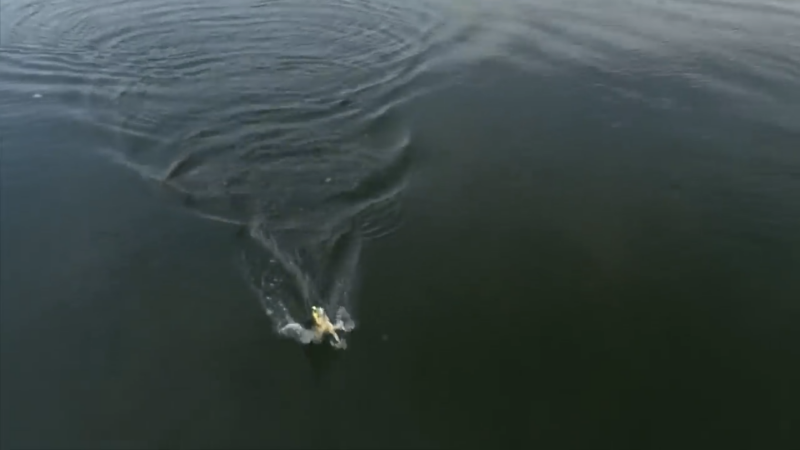
Understanding where black crappie likes to hang out is half the battle.
- Shallow Waters: In the spring, crappies move to shallow waters to spawn. Look for areas with depths of 1-6 feet.
- Structure Seekers: They love hiding around submerged structures like fallen trees, brush piles, and weed beds.
- Calm Areas: Seek out calm bays and coves, especially those protected from the wind.
2. Use the Right Equipment
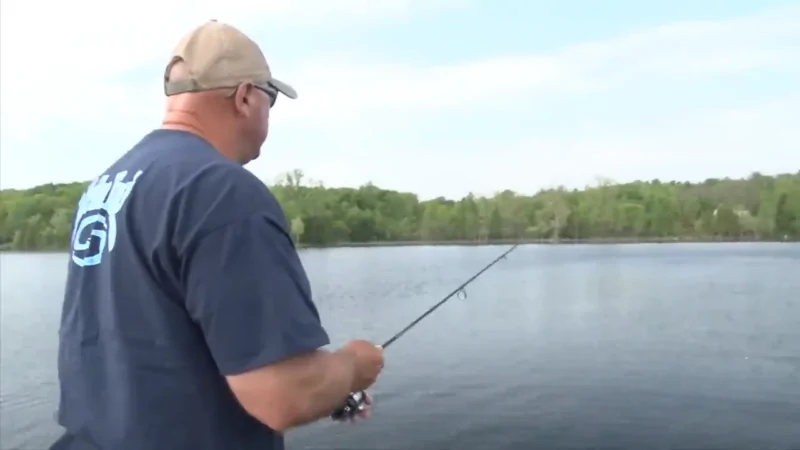
Having the appropriate gear can make a world of difference.
- Light Tackle: Opt for a light or ultralight rod with a sensitive tip.
- Thin Line: Use a 4-8 lb test line to detect subtle bites.
- Small Hooks: Size #6 or #8 hooks work best for crappie mouths.
You may also like: Best Illinois Fishing Spots For Muskie; Where to Catch Them In 2024
3. Timing is Everything
When you fish can be just as important as where you fish.
- Early Morning and Late Afternoon: Crappies are most active during these times.
- Night Fishing: Under a full moon, crappies can be surprisingly active.
- Seasonal Movements: In spring and fall, they’re closer to the shore. In summer, they retreat to deeper waters.
4. Seasons
Spring
Summer
Fall
Winter
5. Explore Different Depths
Don’t limit yourself to one depth.
- Use a Fish Finder: It can help locate schools at varying depths.
- Depth Variations: Start shallow and gradually move deeper.
- Suspended Fish: Crappies often suspend in open water, especially over deep structures.
6. Use Effective Baits and Lures
What you offer matters!
- Live Baits: Minnows are crappie favorites.
- Artificial Lures: Small jigs, spinners, and soft plastics.
- Color Choices: Bright colors in murky water; natural colors in clear water.
7. Stay Stealthy
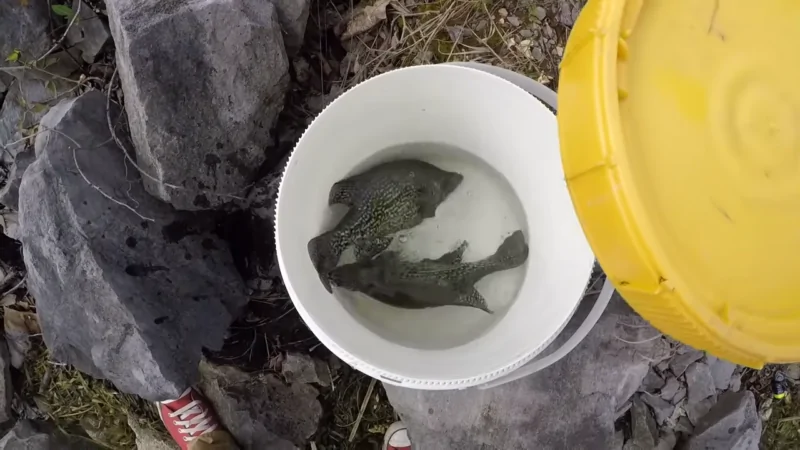
Crappies can be easily spooked.
- Quiet Approach: Paddle or use a trolling motor at low speeds.
- Avoid Loud Noises: Keep conversations low and avoid banging on the boat.
- Subtle Movements: Cast gently to prevent splashes.
8. Weather Matters
Pay attention to the forecast.
- Overcast Days: Crappies tend to roam more freely.
- Stable Weather: Consistent weather patterns lead to better fishing.
- Barometric Pressure: Falling pressure can make crappies more active.
9. Learn from Local Anglers
There’s wisdom in the community.
- Join Clubs: Illinois has numerous fishing clubs and forums.
- Attend Workshops: Learn new techniques and tips.
- Ask Questions: Don’t hesitate to chat with fellow anglers at the dock.
10. Practice Patience
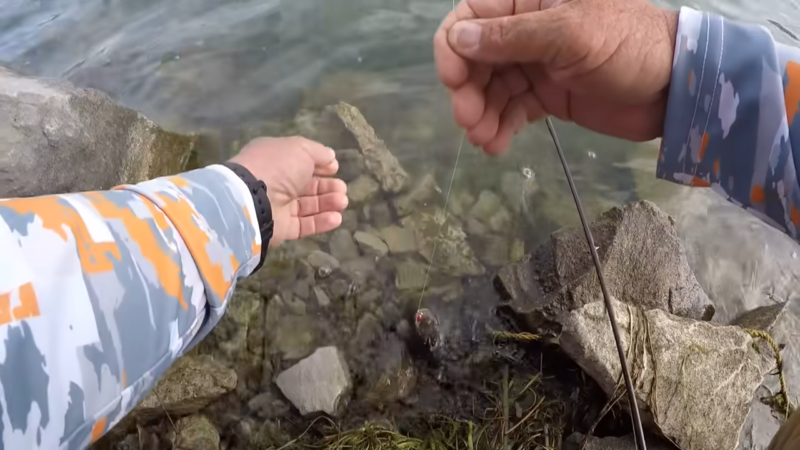
Fishing requires a calm mindset.
- Stay Persistent: If one spot isn’t working, try another.
- Enjoy the Experience: Sometimes, it’s about the journey, not the catch.
- Stay Positive: A good attitude can make the day enjoyable, fish or no fish.
Top Illinois Lakes and Rivers for Black Crappie
- Lake Shelbyville
- Rend Lake
- Lake Decatur
- Mississippi River Backwaters
- Fox Chain O’Lakes
Frequently Asked Questions
Conclusion
Finding black crappie in Illinois lakes and rivers can be a rewarding experience.
With these ten tips, you’re well on your way to a successful fishing adventure.
Related Posts:
- Top 11 Tips for Catching Bluegill in Lakes and Ponds
- 10 Largest Illinois Lakes for Fishing - Top Spots…
- Crappie vs. Bluegill - Key Differences and the Best…
- Where to Buy Illinois Fishing License - Easy…
- Catfish in Illinois - Species, Habitats, and Top…
- How Do You Fish for Sauger? Top 10 Techniques and Tips



